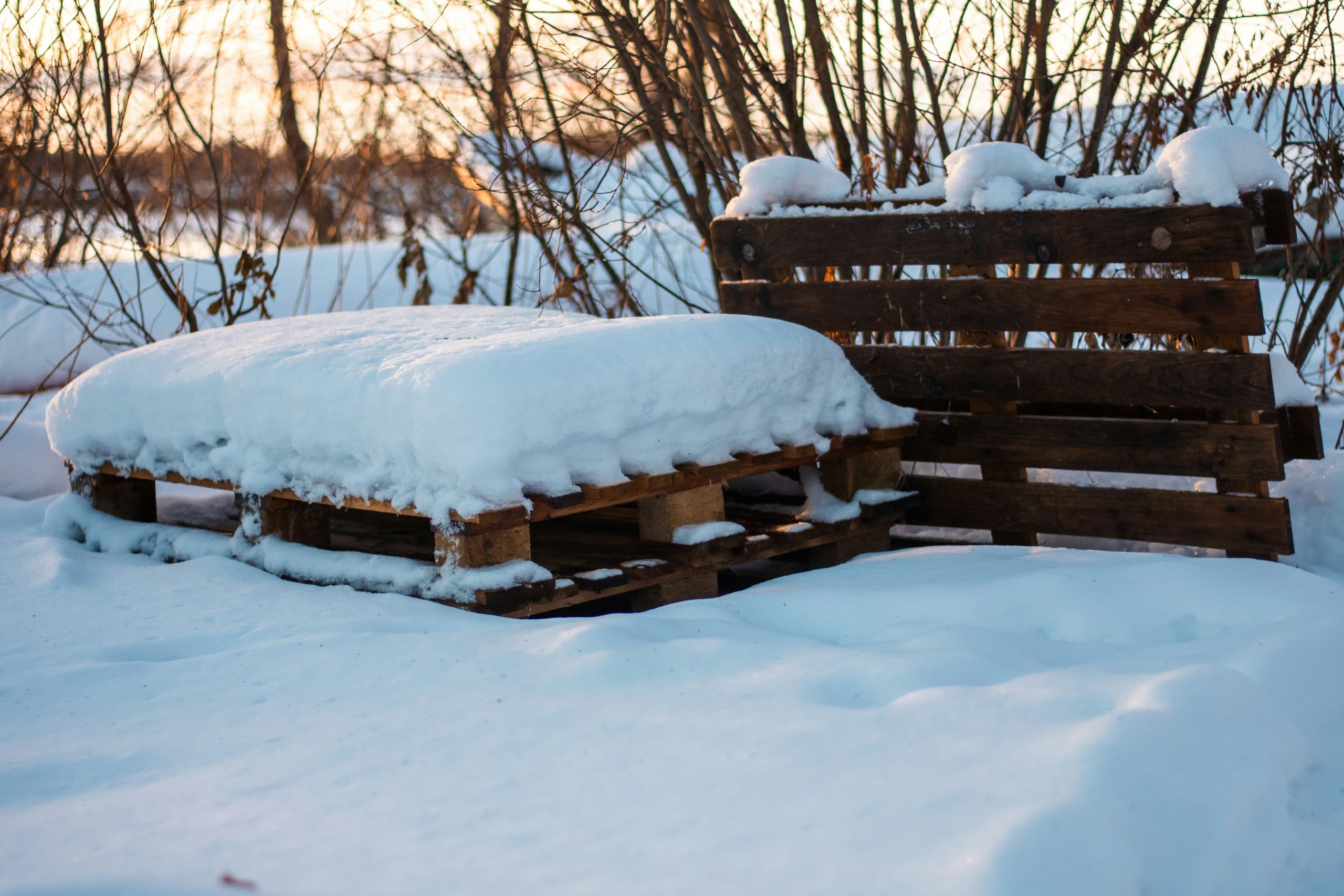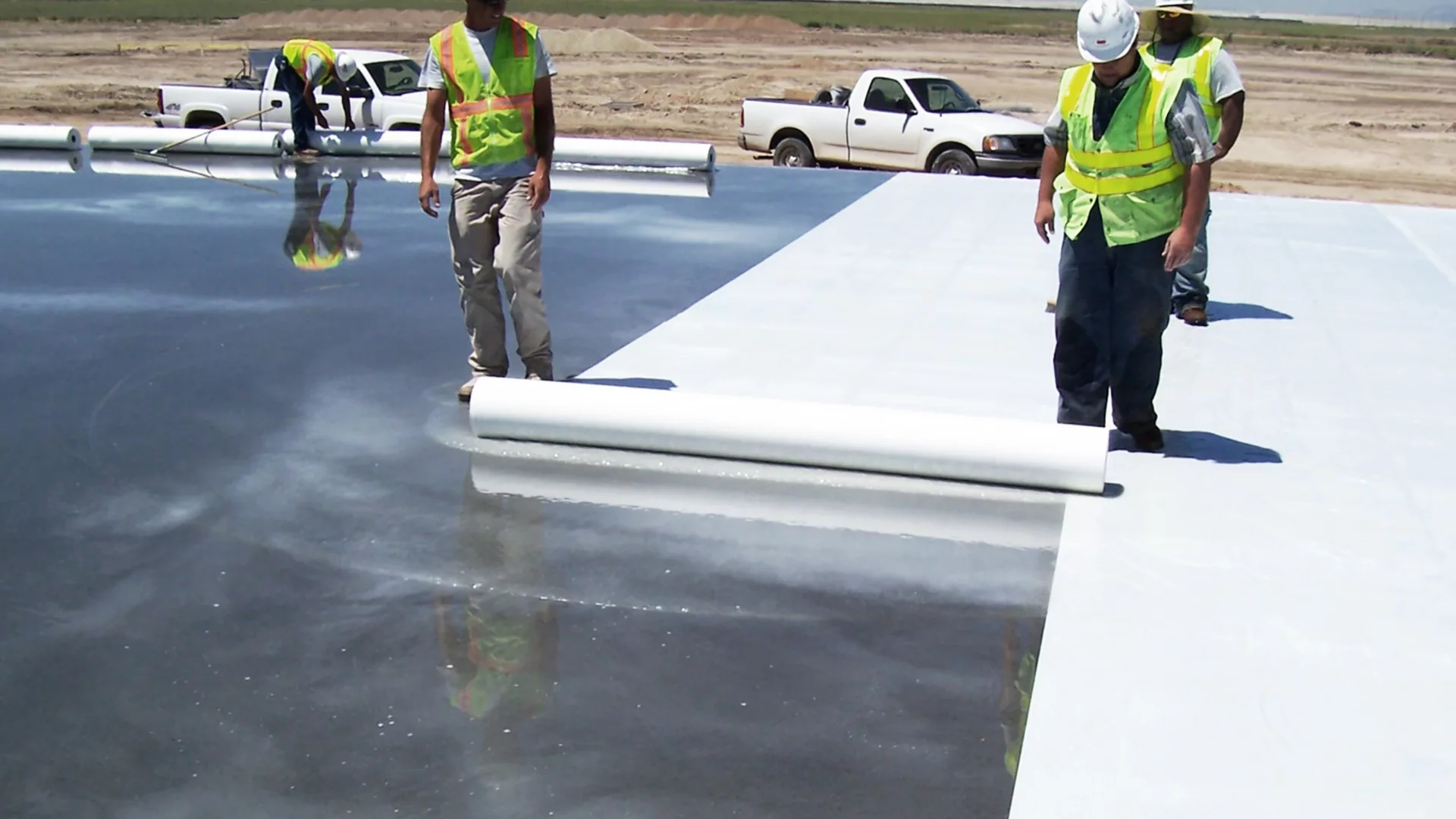What to consider when pouring concrete in colder temperatures?
Working with volumetric concrete during winter can pose unique challenges that demand careful planning and execution. Cold temperatures can significantly impact the curing process, potentially leading to weakened structures and compromised durability, and the temperatures don’t even need to drop below 0°C to have an effect.
The coldest months in the UK tend to be January and February. However, with the right precautions and procedures, winter concreting can be done successfully. In this guide, we’ll explore essential tips and strategies to ensure a seamless process.
1. Plan ahead
Given the unpredictable nature of winter weather, meticulous planning is crucial to avoid the downfalls that can occur when undertaking concrete work in winter. Make sure you wear appropriate clothing, monitor the chosen work day’s temperature, prepare the area, and enlist the assistance of a reliable partner to ensure a smooth and successful concrete pour.


2. Don’t pour concrete on frozen ground
Avoid pouring fresh concrete onto a frozen sub-base, as it can lead to uneven curing and potential structural issues. Prior to the pour, carefully inspect trenches and cavities for any signs of frost or ice formation. Pouring concrete on frozen ground can result in disparate curing rates, with the bottom remaining soft while the surface sets. Furthermore, as the ground thaws and settles, the concrete is susceptible to cracking.
To prevent ice formation, consider using thermal blankets for insulation in the days leading up to the concrete pour. If the ground has not been adequately insulated beforehand, ground heaters can be employed to expedite the thawing process, ensuring a more uniform and reliable concrete curing operation.
3. Don’t allow the concrete to get too cold or freeze
Freshly laid concrete will be susceptible to damage when exposed to extremely low temperatures. If allowed to cool below 0°C the water in the mix will freeze and expand, potentially rendering the concrete unusable and requiring its removal. To prevent such issues, it is essential to maintain the temperature of fresh concrete above 5°C during the initial 48 hours. This critical period allows the concrete to achieve sufficient strength, making it resilient against the disruptive expansion caused by freezing. Using heaters or concrete blankets are effective methods to safeguard the concrete during this phase.


4. Don’t remove any formworks too early
The rate at which concrete reaches its optimal strength is influenced by various external factors, making it difficult to establish a fixed rule for how long to leave formworks in place. However, it is crucial to exercise caution and refrain from removing the formwork prematurely. Premature removal poses the risk of the concrete not attaining its maximum strength, potentially leading to collapse under its own weight or any protruding sections being knocked off. Additionally, the colder temperatures may prolong the initial curing period, leaving the concrete more susceptible to surface damage during this time.
To support the curing process, consider utilising insulated formworks where feasible. This additional measure can help maintain favourable conditions for the concrete to reach its intended strength, reducing the risk of future issues.
5. Don’t seal under 10°C
The temperature of both the sealer and the concrete itself play a role in determining the success of the chemical reaction between them and the quality of the final product. Higher temperatures accelerate the chemical reaction, reducing the working time for the sealant. Conversely, colder temperatures prolong the sealer’s curing process, potentially resulting in weaker concrete.
When working with concrete in winter, it is crucial to avoid applying the sealer in excessively cold temperatures, ideally no lower than 10°C. This precaution ensures an optimal environment for the sealer to cure effectively, providing ample working time to achieve the desired strength in the concrete.


6. Don’t use salt on fresh concrete for at least 30 days
The use of salt to melt ice will always pose a potential threat to concrete, with significantly higher risks when the concrete is freshly laid. When salt is applied to melt ice, it draws in water, forming a salt-water mixture. Concrete’s natural absorbent properties make it prone to absorbing this mixture and as the salt continues to attract water, the concrete becomes more saturated. When the absorbed water freezes, it undergoes expansion, resulting in the formation of ice crystals within the concrete. This process reduces the concrete’s strength and may potentially lead to issues such as scaling and cracking.
As a precaution, it is strongly advised to refrain from using salt on fresh concrete for a minimum of 30 days. This safeguard period allows the concrete to adequately cure and reduce the risk of detrimental effects from future salt use.
In conclusion
In conclusion, while concreting in winter poses inherent challenges, it is undoubtedly feasible with a proactive approach and careful consideration. Understanding and implementing key measures, such as planning, insulation, and temperature control, are crucial for success.
By taking the necessary precautions shared in this guide, you can ensure the durability and longevity of your structures. Remember, informed decisions and collaboration with experts will significantly contribute to the success of your winter concreting endeavours.




